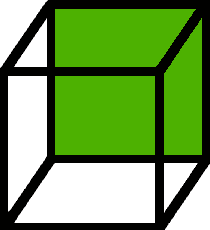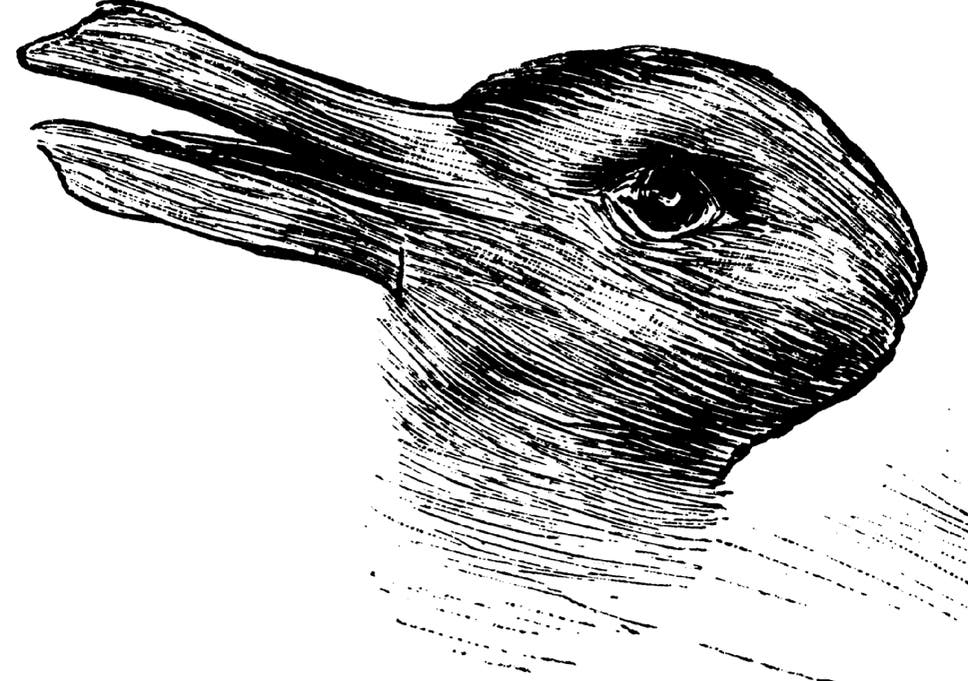Operant conditioning has been used constantly to have animals of all types perform interesting actions on command. We have seen everything from pigeons spinning in circles to bears playing the trumpet. Teaching these animas to perform actions can be difficult but there is a rather structured process to teaching these animals. There are two main components to teaching these animals and one is shaping which is the process of reinforcing behaviors that are close to the desired action. The other component would be the use of reinforcement to encourage these desired actions. Another thing that helps train these animals is what is called a Skinner box. These boxes isolate animals in an attempt to contain their focus and concentration on certain a task. Skinner boxes were used in one of the examples above with the pigeon.
Now that we have a basic understanding of the ability and process behind operant conditioning I wanted to talk about one of the most impressive cases in my opinion which I learned about in my high school psychology class. Our teacher told us one day that someone named B.F. Skinner (same skinner that made the skinner box) got funding form the United States government. The interesting thing is that the funding was to research whether or not operant conditioning could be used to guide missiles. The process could be simplified to there being a dot (target) in the middle of the screen and the bird would peck to the sides of the dot to keep it in the middle. After they successfully kept the dot in the middle their behavior would be reinforced with food. Slowly but surely these birds were missile guiding machines. Although this was never actually used in real life it is an excellent example on how successful operant conditioning can be.





